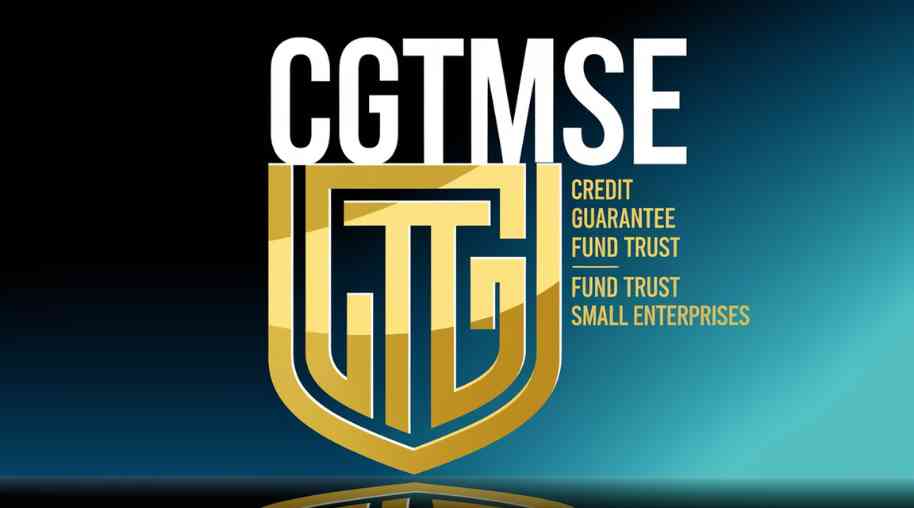RTP Full Form-Reserve Tranche Position
by Shashi Gaherwar
0 1737
Reserve Tranche Position: An Essential Component of IMF Reserves
The Reserve Tranche Position (RTP) is a key financial component that represents a country's reserve quota at the International Monetary Fund (IMF). It plays an important role in maintaining global financial stability by allowing member nations to access funds with minimal conditions. Understanding the RTP is crucial for governments, financial institutions, and economists working within international monetary frameworks.

What is Reserve Tranche Position (RTP)?
The Reserve Tranche Position refers to the portion of a country's quota in the IMF that is readily available for withdrawal without being subjected to strict conditions. Essentially, it acts as an emergency liquidity fund. When a country joins the IMF, it contributes a quota subscription, which is divided into two parts: the Reserve Tranche and Loanable Funds. The Reserve Tranche is the portion that remains available for immediate access, while the Loanable Funds are used by the IMF to support lending programs.
How RTP Works
When a member country deposits foreign currency reserves with the IMF, a part of those reserves remains unconditionally accessible. If the country faces a balance of payments crisis or other financial emergencies, it can withdraw from its Reserve Tranche without undergoing IMF-imposed economic programs. However, if a country makes use of its RTP, it is expected to eventually replenish the amount to ensure the IMF’s overall financial strength and ability to support other members.
Key Features of RTP
- Unconditional Access: Allows countries to access funds without meeting strict conditions or undertaking specific policy reforms.
- Part of IMF Quota: Forms an integral part of a country's IMF quota and international reserves.
- Immediate Liquidity: Provides quick financial support during times of distress, aiding stability.
- Support for Central Banks: Helps maintain healthy foreign exchange reserves, critical for currency stabilization and international trade.
Importance of Reserve Tranche Position
- Emergency Financial Assistance: Enables countries to quickly access funds during crises.
- Strengthening International Trade: Stabilizes exchange rates and provides liquidity support.
- Promoting Economic Growth: Ensures sufficient reserves to manage external shocks, fostering economic stability.
RTP Compared to Other IMF Lending Mechanisms
The Reserve Tranche Position is unique compared to other IMF financial assistance programs:
- RTP: Access comes without conditions, intended for immediate liquidity needs, and does not involve repayment obligations.
- Stand-By Arrangements (SBA): Require economic reforms and have structured repayment schedules.
- Extended Fund Facility (EFF): Supports structural reforms with longer repayment periods.
How Countries Use RTP
- Assessment: Governments evaluate financial needs to determine if RTP access is necessary.
- Request: A formal withdrawal request is submitted to the IMF.
- Disbursement: Upon approval, funds are disbursed to the country’s central bank.
- Replenishment: Countries are encouraged to restore RTP balances over time to maintain IMF reserve strength.
Limitations of RTP
- Limited Funds: Covers only a portion of a country's total IMF quota, restricting available funds.
- Impact on IMF Lending: Simultaneous large withdrawals by multiple countries could strain IMF lending capacity.
- Replenishment Challenges: Restoring RTP balances can be difficult during prolonged economic difficulties.
The Reserve Tranche Position remains a vital financial instrument for IMF member nations, offering unconditional support and enhancing resilience during periods of economic instability. It plays a critical role in safeguarding global financial health, supporting crisis management, and ensuring economic stability. By using RTP resources responsibly, countries can maintain financial security and contribute to a more stable and interconnected global economy.
Further Learning Resources
If you’re passionate about building a successful blogging website, check out this helpful guide at Coding Tag – How to Start a Successful Blog. It offers practical steps and expert tips to kickstart your blogging journey!
For dedicated UPSC exam preparation, we highly recommend visiting www.iasmania.com. It offers well-structured resources, current affairs, and subject-wise notes tailored specifically for aspirants. Start your journey today!

Share:








Comments
Waiting for your comments